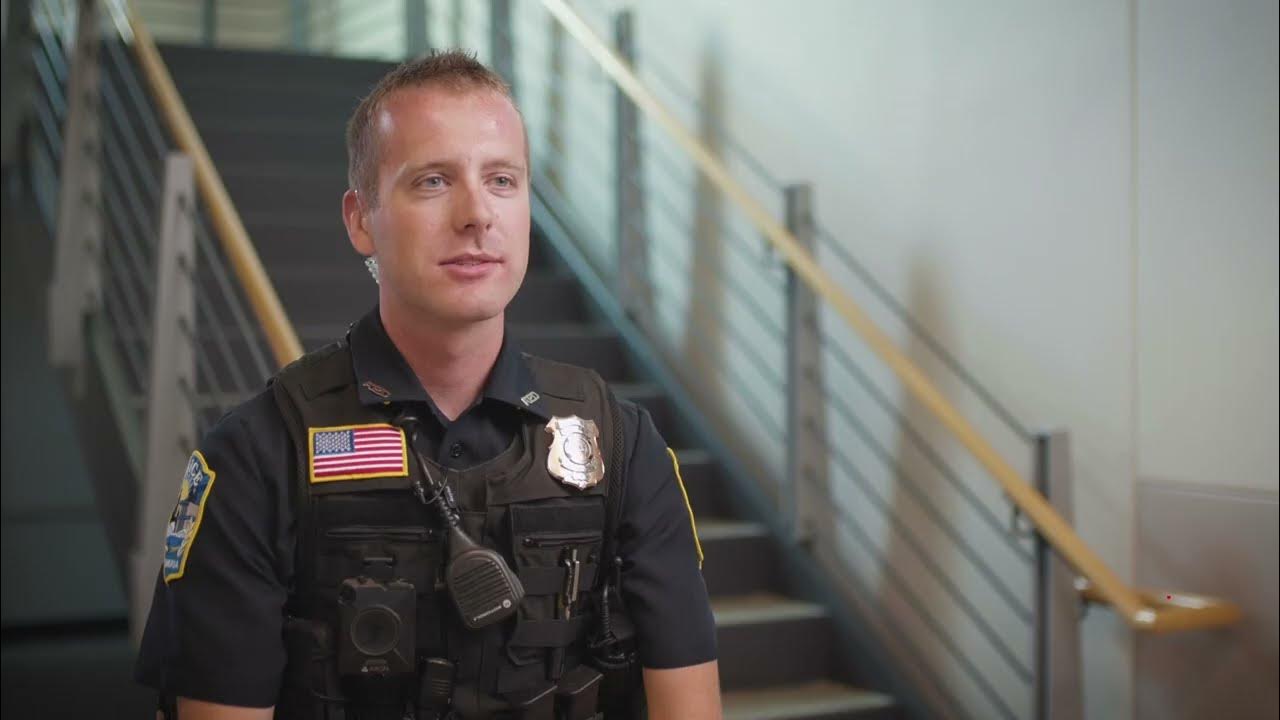Alright, so today I was digging into this super simple guide some law enforcement places are actually using. Seriously, called “Alex Tech” or something basic like that. Seemed almost too dumb to work, right? But hey, gotta check it out myself.
The Starting Point: Doubt
Honestly, my first reaction was kinda dismissive. “Simple guide” in crime fighting? Sounds like clickbait or marketing fluff. I pictured some glossy brochure full of buzzwords. But a cop friend mentioned it offhand, said it was surprisingly practical. So, figured, why not? Grabbed my notebook – yes, the actual paper one – decided to give it a real test run. My goal? See if something this supposedly simple held any water in a messy real-world scenario.

Getting My Hands Dirty
First step was finding the actual guide. Took some asking around online forums. Turns out, it’s not some fancy software or database. It’s literally just a set of principles and questions. Kinda like a checklist, but for thinking. Felt… underwhelming at first glance. Printout looked like something from the 90s.
- Phase 1: The Sim Setup
Set up a mock situation. Imagined a small local PD dealing with a spike in car break-ins. Classic, messy problem. Usual approach? Probably tons of reports, maybe set up a bait car or two, hope for the best.
- Phase 2: Applying the “Alex Tech” Stuff
Okay, so the guide basically forces you to ask a few core questions, repeatedly:
Question 1: What specific crime are we talking about right this second? (Forget “crime in general,” gotta be razor-focused.) We went with “Thefts of items from unlocked vehicles parked on Elm St at night.”
Question 2: Who exactly might be doing this, really? What tools do they need? Focused on locals – probably teens or opportunists looking for easy grabs. Tools? Just a hand reaching into an unlocked car. Low effort.
Question 3: What makes it so stupidly easy for them? Obvious: unlocked cars! Dark streets? Sure, but the unlocked doors are the golden ticket.
Question 4: What’s the absolute simplest, cheapest thing that could stop THIS specific problem? Forget fancy sting ops.

- Phase 3: The Ridiculously Simple Solution
Staring us in the face: The easiest barrier? Locking the damn car doors! Guide pushed past the instinct of “We need to catch the bad guys” and screamed “Stop making it easy!” Solution: Intensive “Lock Your Car” awareness campaign ONLY on Elm St. Signs, flyers, maybe an officer walking the street in the evening reminding people verbally for a week or two. Low cost, low effort. Felt almost silly proposing it.
The Result & Why I’m Kinda Shocked
Mocked it up in my head and ran it past my cop friend. His reaction? “Yeah, that would probably work faster and cheaper than half the things we usually try first.” The crazy part? It didn’t feel like a policing strategy at all. It felt like common sense distilled into questions.
Key Takeaway: The power isn’t in fancy tech or complex analysis. It’s ruthlessly focusing on the specific problem, identifying the easiest point of failure, and putting up the simplest barrier. Turns out, “Alex Tech” isn’t really tech – it’s just forcing a stupid simple thought process. And shockingly, my little mock exercise showed it could actually save time and resources compared to the usual more complicated starts.
Thoughts: Still blows my mind a little. We overcomplicate things constantly. This guide, cheesy name and all, slices through that. Was it revolutionary? Nah. But it was effective in a blunt way I honestly didn’t expect from a “simple guide.” Makes you wonder how many other problems get tangled up just because we skip asking the dead simple questions first.















